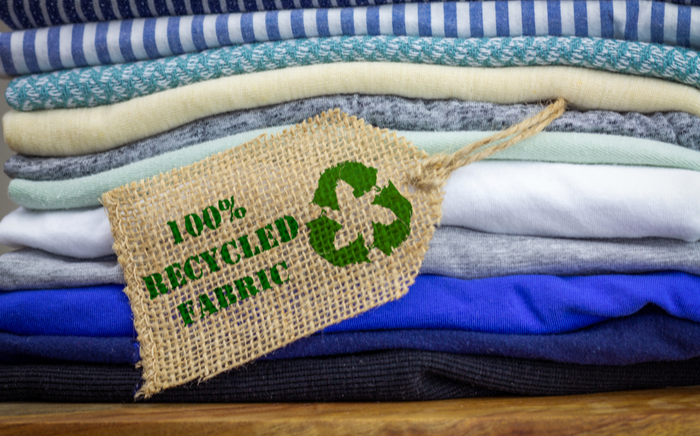The fashion industry, long a significant contributor to environmental challenges, is undergoing a green revolution. At the heart of this transformation is a shift towards sustainable practices, and the dyeing process is no exception. A growing number of companies are exploring innovative methods that harness nature's power to create vibrant, eco-friendly textiles.
One such approach involves repurposing waste. Archroma's EarthColors® dye range is a prime example. By transforming agricultural waste into stunning pigments, they've not only reduced waste but also created a natural, sustainable color palette. This circular economy model is a testament to the potential of reimagining waste as a resource.
Another groundbreaking method focuses on biotechnology. Colorifix has developed a process that utilizes microorganisms to produce color based on natural DNA codes. This eliminates the need for harmful chemicals often used in traditional dyeing, minimizing water pollution and reducing the overall environmental impact.
TextileLab Amsterdam offers a similar biological approach, employing naturally pigmented bacteria to dye textiles. This innovative technique not only reduces the use of synthetic dyes but also opens up possibilities for creating unique, bio-based color variations.
The dyeing process itself is ripe for innovation. AirDye's technology is a prime example. By impregnating dyes directly into the fiber rather than applying them to the surface, they significantly reduce water and energy consumption. This method holds the potential to revolutionize the industry's water footprint.
These are just a few examples of the exciting developments in sustainable textile coloration. As consumer awareness grows and demand for eco-friendly products increases, we can expect to see even more innovative solutions emerge. By embracing nature's ingenuity, the fashion industry can move towards a more sustainable future, where style and environmental responsibility coexist.

 Back to Blog
Back to Blog











